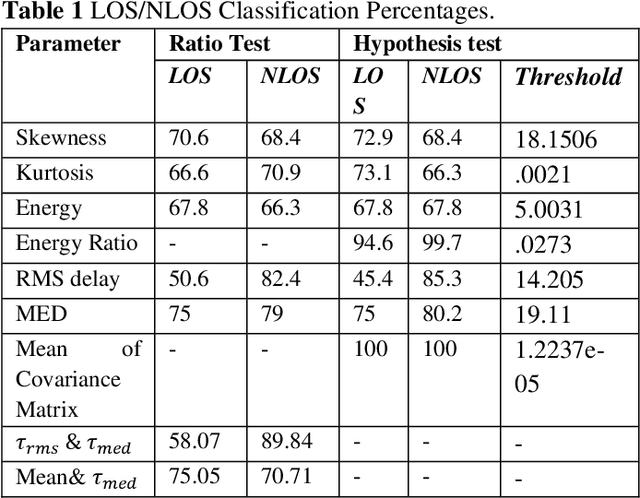Bashir Olaniyi Sadiq
A Spatio-Temporal based Frame Indexing Algorithm for QoS Improvement in Live Low-Motion Video Streaming
Apr 30, 2024Abstract:Real-time video life streaming of events over a network continued to gain more popularity among the populace. However, there is need to ensure the judicious utilization of allocated bandwidth without compromising the Quality of Service (QoS) of the system. In this regard, this paper presents an approach based on spatio-temporal frame indexing that detects and eliminate redundancy within and across captured frame, prior transmission from the server to clients. The standard and local low motion videos were the two scenarios considered in evaluating the performance of the proposed algorithm. Results obtained showed that the proposed approach achieved an improvement of 5.13%, 15.8% and 5%, 15.6% improvement in terms of the buffer size and compression ratio. Though with a tradeoff of the frame-built time, where both the standard and local frame indexing outperforms the proposed scheme with 10.8% and 8.71% respectively.
On the Accuracy of Edge Detectors in Number Plate Extraction
Feb 28, 2024Abstract:Edge detection as a pre-processing stage is a fundamental and important aspect of the number plate extraction system. This is due to the fact that the identification of a particular vehicle is achievable using the number plate because each number plate is unique to a vehicle. As such, the characters of a number plate system that differ in lines and shapes can be extracted using the principle of edge detection. This paper presents a method of number plate extraction using edge detection technique. Edges in number plates are identified with changes in the intensity of pixel values. Therefore, these edges are identified using a single based pixel or collection of pixel-based approach. The efficiency of these approaches of edge detection algorithms in number plate extraction in both noisy and clean environment are experimented. Experimental results are achieved in MATLAB 2017b using the Pratt Figure of Merit (PFOM) as a performance metric
Statistical LOS/NLOS Classification for UWB Channels
Aug 15, 2023



Abstract:Ultrawideband (UWB) technology has attracted a lot of attention for indoor and outdoor positioning systems due to its high accuracy and robustness in non-line-of-sight (NLOS) environments. However, UWB signals are affected by multipath propagation which causes errors in localization. To overcome this problem, researchers have proposed various techniques for NLOS identification and mitigation. One of the approaches is statistical LOS/NLOS classification, which uses statistical parameters of the received signal to distinguish between LOS and NLOS channels. In this paper, we formulated several techniques which can be used for effectively classifying a Line of Sight (LOS) channel from a Non-Line of Sight (NLOS) channel. Various parameters obtained from Channel Impulse Response (CIR) like Skewness, Kurtosis, Root Mean Squared Delay Spread (RDS), Mean Excess Delay (MED), Energy, Energy Ratio, and Mean of Covariance Matrix are used for channel classification. In addition to this, the Joint Probability Density Functions (PDFs) of various parameters are used to improve the accuracy of UWB LOS/NLOS channel classification. Two different criteria-Likelihood Ratio and Hypothesis Tests are used for the identification of the channel.
FANET Experiment: Real-Time Surveillance Applications Connected to Image Processing System
Jun 15, 2023Abstract:The major goal of this paper is to use image enhancement techniques for enhancing and extracting data in FANET applications to improve the efficiency of surveillance. The proposed conceptual system design can improve the likelihood of FANET operations in oil pipeline surveillance, and sports and media coverage with the ultimate goal of providing efficient services to those who are interested. The system architecture model is based on current scientific principles and developing technologies. A FANET, which is capable of gathering image data from video-enabled drones, and an image processing system that permits data collection and analysis are the two primary components of the system. Based on the image processing technique, a proof of concept for efficient data extraction and enhancement in FANET situations and possible services is illustrated.
 Add to Chrome
Add to Chrome Add to Firefox
Add to Firefox Add to Edge
Add to Edge